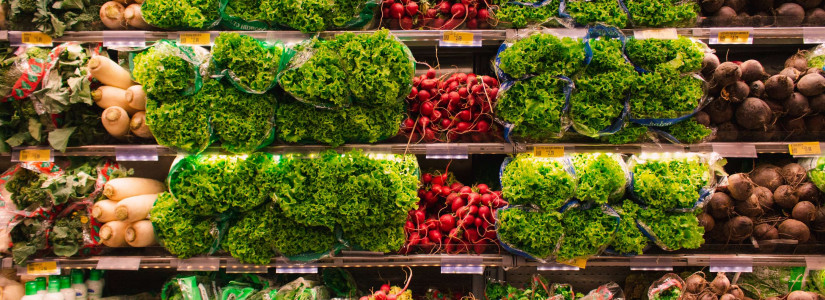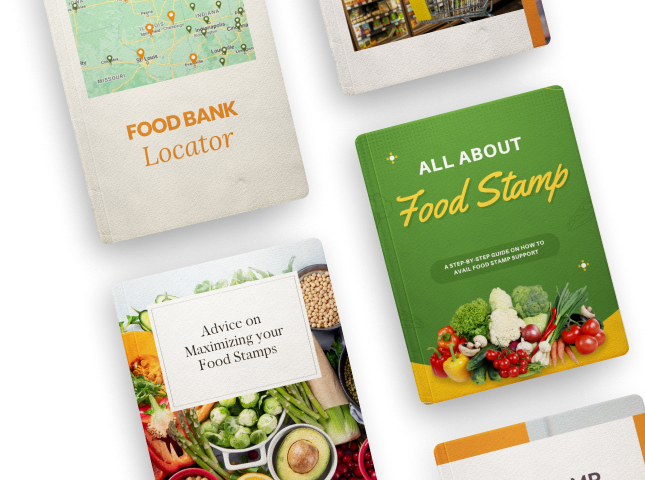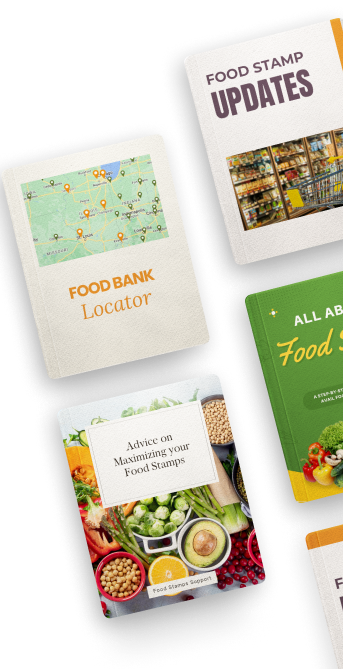Food Assistance Programs: A Lifeline for America's Children
For millions of American children, reliable access to nutritious food is not a given. Hunger impacts children's health, development, and education.
To support children facing food insecurity, federal programs like the Supplemental Nutrition Assistance Program (SNAP) provide a vital lifeline.
SNAP, commonly called food stamps, helps low-income families afford groceries. While SNAP serves Americans of all ages, it is particularly crucial for children.
Research shows children make up about 44% of SNAP participants. And for some kids, the meals and snacks enabled by SNAP benefits may be the only ones they regularly eat each day.
To better serve children through SNAP, several changes have recently been made.
Monthly benefit amounts were raised by over 12% starting October 2022, increasing payments for a family of four by $104 to $939. This significant boost helps offset the higher cost of nutritious food for growing kids.
This makes it easier for parents and guardians to access SNAP benefits for their children. Some states have also waived SNAP time limits for college students, allowing them to receive benefits if income-eligible.
The SNAP application process was streamlined, with more states offering online applications and data matching. These steps reduce paperwork and speed up benefit delivery.
When children face hunger, even a short wait for assistance can be too long.
While SNAP provides a vital lifeline for children, more must be done to eliminate hunger. Potential improvements include raising income eligibility limits, boosting benefits for larger families, and expanding nutrition education.
For America's children, SNAP can make the difference between going hungry and having enough to eat. Food assistance programs provide long-term benefits by ensuring kids receive proper nutrition during their formative years.
SNAP continues to serve as a critical lifeline for children in need.












